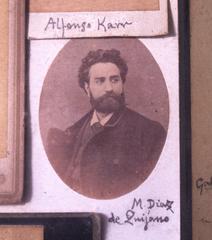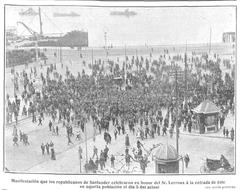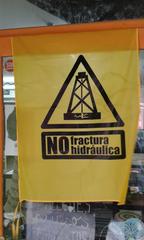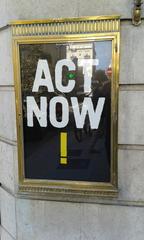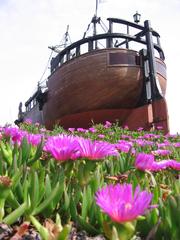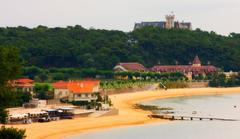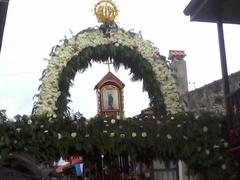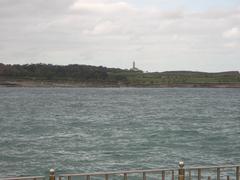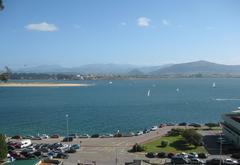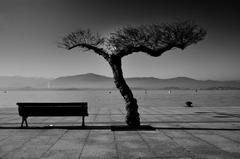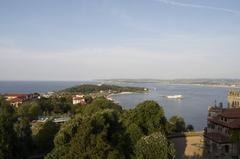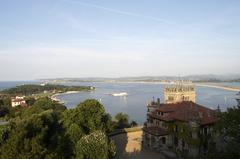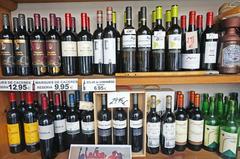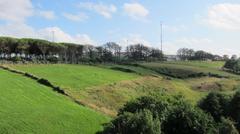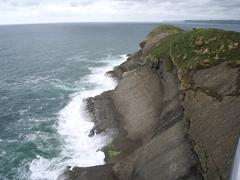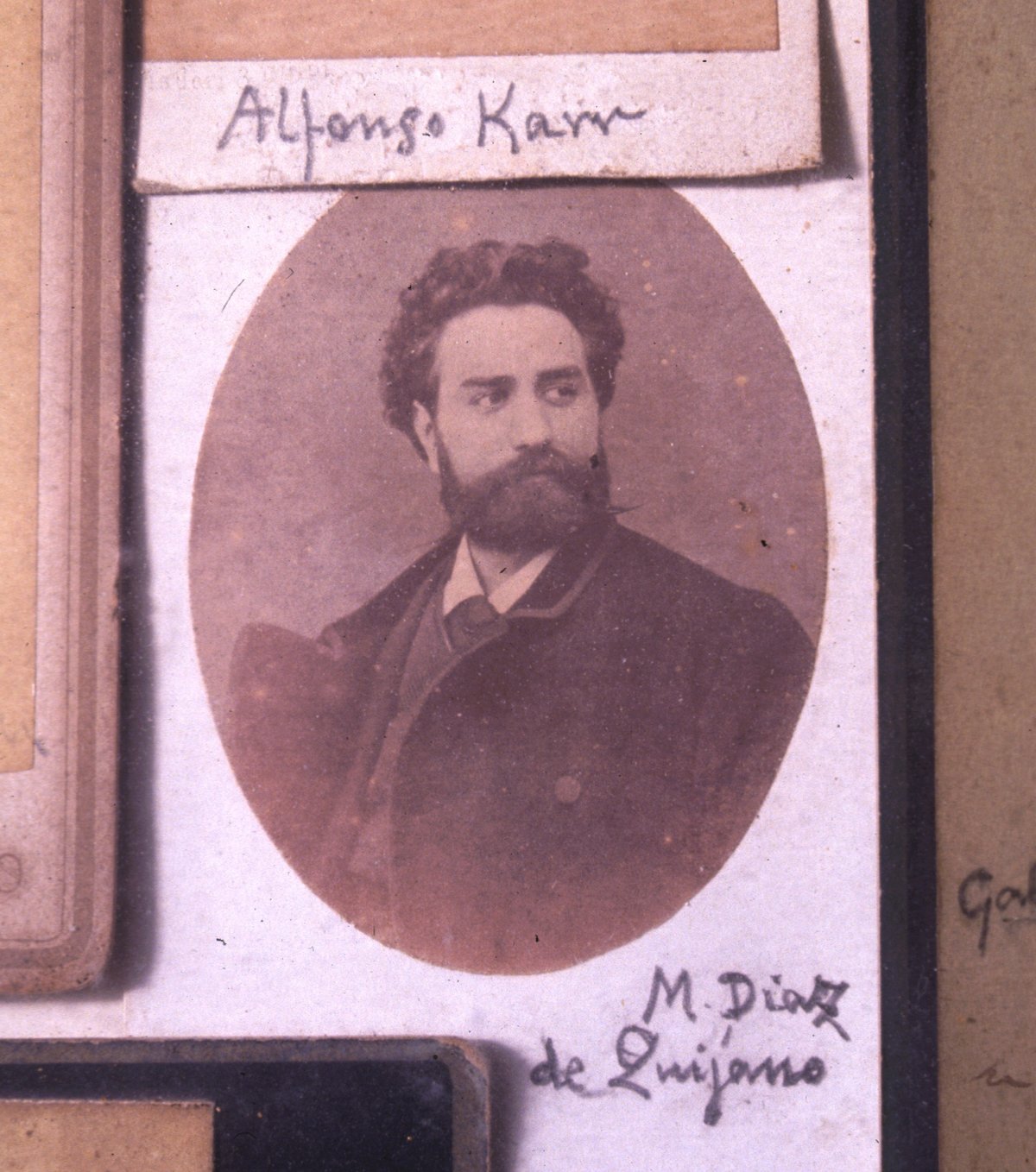
Visiting Hours, Tickets, and Historical Insights of Plaza de Pombo, Santander
Publishing Date: 18/07/2024
Introduction to Plaza de Pombo
Plaza de Pombo, nestled in the bustling heart of Santander, Spain, is a historical and cultural gem that beckons both locals and tourists alike. Originally established in the 19th century, this iconic square has evolved into a central hub for commerce, social gatherings, and cultural events. Named after the influential Pombo family, who played a pivotal role in Santander’s development, Plaza de Pombo is surrounded by architectural marvels that reflect the city’s rich heritage. Among these is the Círculo de Recreo, a late 19th-century social club that epitomizes the eclectic architectural styles of its time. The plaza has also endured significant events, such as the devastating fire of 1941, which led to a period of modernization and reconstruction. Today, Plaza de Pombo remains a vibrant cultural epicenter, hosting a variety of events, from literary gatherings to music festivals. This comprehensive guide aims to provide visitors with all the essential information needed to make the most of their visit, including historical insights, visitor tips, and details on nearby attractions. Whether you’re a history enthusiast, an architecture aficionado, or simply looking for a lively place to explore, Plaza de Pombo offers something for everyone. For more detailed information, visit the official Santander tourism website.
Table of Contents
- Introduction
- Historical Overview of Plaza de Pombo
- Visitor Information
- Notable Events and Celebrations
- Historical Monuments and Art
- Economic Impact
- Preservation Efforts
- FAQ
- Conclusion
Historical Overview of Plaza de Pombo
Early Beginnings and Establishment
Plaza de Pombo, located in the heart of Santander, Spain, has a rich history that dates back to the 19th century. The square was named after the influential Pombo family, who were prominent figures in Santander’s social and economic life. The Pombo family played a significant role in the development of the area, contributing to its transformation into a central hub for commerce and social gatherings.
Architectural Evolution
The architectural landscape of Plaza de Pombo has evolved significantly over the years. Initially, the square was surrounded by modest buildings, but as Santander grew, so did the grandeur of the structures around the plaza. One of the most notable buildings is the Círculo de Recreo, a social club established in the late 19th century. This building is a prime example of the eclectic architectural style that was popular during that period, featuring ornate facades and intricate detailing.
The Fire of 1941
A pivotal moment in the history of Plaza de Pombo was the devastating fire of 1941, which ravaged much of Santander. The fire, which started on February 15, destroyed a significant portion of the city, including many buildings around Plaza de Pombo. The reconstruction efforts that followed led to a modernization of the area, with new buildings reflecting contemporary architectural styles while still paying homage to the historical significance of the plaza.
Cultural Significance
Plaza de Pombo has long been a cultural epicenter in Santander. In the early 20th century, it was a popular meeting place for intellectuals, artists, and writers. The Círculo de Recreo, in particular, hosted numerous cultural events, including literary gatherings, art exhibitions, and musical performances. This tradition continues today, with the plaza hosting various cultural events throughout the year, making it a vibrant part of Santander’s cultural landscape.
Visitor Information
Visiting Hours
Plaza de Pombo is open to the public 24 hours a day, making it accessible for visitors at any time.
Ticket Prices
There is no entry fee to visit Plaza de Pombo. However, some events and exhibitions at the Círculo de Recreo may require tickets. Check their official website for more details.
Travel Tips
- Best Time to Visit: Spring and summer are ideal for visiting, as the weather is pleasant and many cultural events take place.
- How to Get There: Plaza de Pombo is easily accessible by public transport. The nearest bus stops are just a short walk away.
- Local Cuisine: Don’t miss trying local delicacies at the nearby cafes and restaurants.
Nearby Attractions
- Santander Cathedral: A short walk from the plaza, this historic cathedral is a must-visit.
- Centro Botín: An arts and culture center located nearby, offering exhibitions and events. More information can be found on the Centro Botín website.
- Paseo de Pereda: A scenic promenade perfect for a leisurely stroll.
Accessibility
Plaza de Pombo is wheelchair accessible, with smooth pathways and ramps. Public restrooms equipped for individuals with disabilities are also available nearby.
Notable Events and Celebrations
Plaza de Pombo is known for hosting significant events and celebrations. One of the most notable is the annual Santander Music Festival, which attracts thousands of visitors to the city. The plaza serves as a central venue for performances and festivities, highlighting its importance as a gathering place for both locals and tourists.
Historical Monuments and Art
The plaza is home to several historical monuments and pieces of art that reflect its rich history. One of the most prominent is the statue of José María de Pereda, a renowned Spanish writer and native of Santander. The statue, which was erected in the early 20th century, is a tribute to Pereda’s contributions to Spanish literature and his connection to the city.
Economic Impact
The economic impact of Plaza de Pombo on Santander cannot be overstated. The square has long been a commercial hub, with numerous shops, cafes, and restaurants attracting both locals and tourists. The presence of the Círculo de Recreo and other businesses has contributed to the economic vitality of the area, making it a key part of Santander’s economy.
Preservation Efforts
Efforts to preserve the historical and cultural significance of Plaza de Pombo are ongoing. Local authorities and heritage organizations work together to maintain the plaza’s historical buildings and monuments. These efforts ensure that the plaza remains a vibrant and historically significant part of Santander for future generations to enjoy.
FAQ
Q: What are the visiting hours for Plaza de Pombo?
A: Plaza de Pombo is open 24 hours a day.
Q: Do I need tickets to visit Plaza de Pombo?
A: No, there is no entry fee to visit Plaza de Pombo. However, some events and exhibitions at the Círculo de Recreo may require tickets.
Q: What is the best time to visit Plaza de Pombo?
A: Spring and summer are the best times to visit, as the weather is pleasant and many cultural events take place.
Q: Is Plaza de Pombo wheelchair accessible?
A: Yes, Plaza de Pombo is wheelchair accessible, with smooth pathways and ramps available.
Conclusion
Plaza de Pombo’s history is a testament to its enduring significance in Santander. From its early beginnings as a modest square to its current status as a cultural and economic hub, the plaza has played a central role in the city’s development. The ongoing preservation and modernization efforts ensure that Plaza de Pombo will continue to be a cherished part of Santander’s heritage.
For more detailed information on the history and significance of Plaza de Pombo, you can visit the official Santander tourism website.
Call to Action
Download the Audiala mobile app for more detailed guides and updates on Santander’s historical sites, or follow us on social media to stay informed about upcoming events and attractions.
